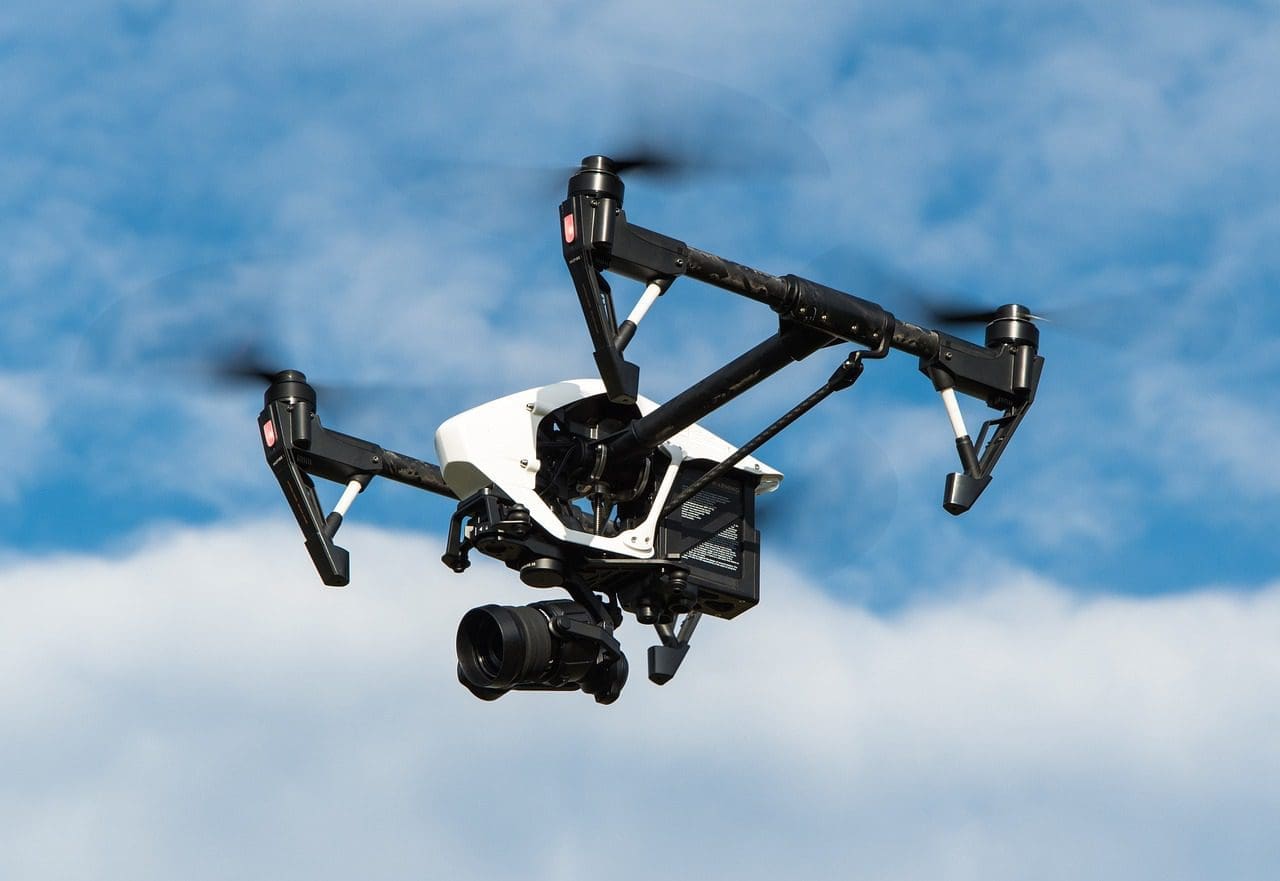Traditional site surveys often involve labour-intensive methods, requiring teams to traverse rugged terrain and manually collect data. Drones have revolutionized this process by providing a bird’s-eye view of construction sites. Equipped with high-resolution cameras and advanced sensors, drones can capture detailed aerial imagery and generate precise 3D models in a fraction of the time. These tools help project managers assess site conditions, identify potential issues, and make informed decisions before breaking ground. With drones, surveys are faster, safer, and more cost-effective, making them indispensable for modern construction site management.
Enhancing Progress Monitoring
One of the significant challenges in construction projects is ensuring that work progresses on schedule. Drones address this issue by offering real-time updates through regular site flyovers. High-quality images and videos allow project managers to compare actual progress with planned timelines, identifying delays or discrepancies early. Additionally, drones, such as American-made drones, enable seamless communication with stakeholders by providing visual updates, reducing the need for on-site visits. This transparency ensures accountability and fosters trust among clients, contractors, and investors.
Improving Worker Safety
Construction sites can be hazardous, with risks ranging from unstable structures to dangerous machinery. Drones play a crucial role in minimizing these risks by conducting inspections in hard-to-reach or unsafe areas. For instance, drones can inspect scaffolding, roofing, and other elevated structures without putting workers in harm’s way. They can also monitor compliance with safety protocols by capturing footage of site activities, helping managers address violations promptly. By reducing the need for manual inspections in risky zones, drones significantly enhance worker safety on construction sites.
Streamlining Resource Management
Efficient resource management is critical to the success of any construction project. Drones contribute to this by providing detailed insights into material usage, equipment placement, and overall site organization. For example, thermal imaging cameras on drones can detect underutilized or idle machinery, enabling managers to reallocate resources effectively. Drones also help in tracking inventory levels and pinpointing areas where materials are being wasted, reducing costs and environmental impact. This level of precision in resource management ensures projects stay within budget and on schedule.
Facilitating Environmental Compliance
Construction projects often have to adhere to strict environmental regulations, which can be challenging without accurate data. Drones simplify this process by conducting environmental impact assessments, such as monitoring soil erosion, water quality, and vegetation health. Equipped with multispectral sensors, drones can gather data to ensure compliance with local laws and minimize environmental harm. These capabilities not only help avoid fines and delays but also demonstrate a commitment to sustainability, enhancing the company’s reputation.
Enabling Precision in Planning and Design
The use of drones in pre-construction planning has transformed how designs are executed. By capturing detailed topographical data, drones provide architects and engineers with the information needed to create accurate site layouts. This precision minimizes errors and reduces the likelihood of costly design changes later in the project. Additionally, drones can integrate with Building Information Modeling (BIM) software, ensuring seamless collaboration among teams. The result is a well-coordinated plan that aligns with real-world conditions, setting the foundation for project success.
Supporting Disaster Management and Recovery
Unforeseen events such as natural disasters or accidents can disrupt construction projects. Drones play a vital role in assessing damage quickly and efficiently. For instance, after a storm, drones can survey the site to identify structural damage or hazardous conditions, enabling swift response actions. They can also document incidents for insurance claims or legal purposes. By providing a comprehensive view of the site, drones help project managers devise recovery strategies and minimize downtime, keeping the project on track despite setbacks.
Promoting Cost Efficiency
While the initial investment in drone technology might seem significant, the long-term savings are substantial. Drones reduce the need for expensive equipment, such as cranes for inspections, and lower labour costs by automating time-consuming tasks. Moreover, by identifying issues early, drones help prevent costly rework and delays. The detailed data they provide ensures better project management, ultimately leading to higher profitability. For construction companies looking to optimize their budgets, drones are a cost-efficient solution with measurable returns on investment.
Enhancing Communication and Collaboration
Construction projects involve multiple stakeholders, including architects, engineers, contractors, and clients. Effective communication among these parties is essential for smooth project execution. Drones facilitate this by capturing and sharing high-resolution imagery and real-time videos, ensuring everyone has access to the same information. This transparency eliminates misunderstandings and fosters collaboration, as all parties can make decisions based on accurate and up-to-date data. By improving communication, drones help streamline workflows and build stronger professional relationships.
Driving Innovation and Competitiveness
The construction industry is becoming increasingly competitive, and adopting innovative technologies like drones is key to staying ahead. Companies that integrate drones into their operations showcase their commitment to cutting-edge solutions, attracting more clients and projects. Moreover, drones enable firms to take on complex projects that would be challenging with traditional methods. This adaptability not only boosts a company’s market position but also drives the entire industry toward more advanced and efficient practices.
The Future of Drones in Construction
The future of drones in construction holds immense potential as technological advancements continue to push boundaries. Emerging developments include AI-powered drones equipped with the capability to autonomously identify structural flaws, assess wear and tear, and predict equipment maintenance needs. Additionally, integration with cutting-edge technologies like augmented reality (AR) and the Internet of Things (IoT) promises to further enhance their functionality.
These integrations could enable real-time data sharing, advanced visualization, and seamless coordination among project teams. As drone regulations become more comprehensive and standardized, broader adoption across the construction industry is inevitable. This will not only streamline operations but also introduce new opportunities for innovation, solidifying drones as indispensable tools for efficient and forward-thinking construction site management.

Drones have become essential tools for construction site management, offering benefits that range from improved safety and efficiency to cost savings and enhanced collaboration. By adopting this technology, construction companies can overcome traditional challenges and achieve greater success in their projects. As drones continue to evolve, their impact on the construction industry will only grow, making them indispensable for modern construction practices. Embracing drones is not just an investment in technology but a step toward a smarter, safer, and more efficient future.


